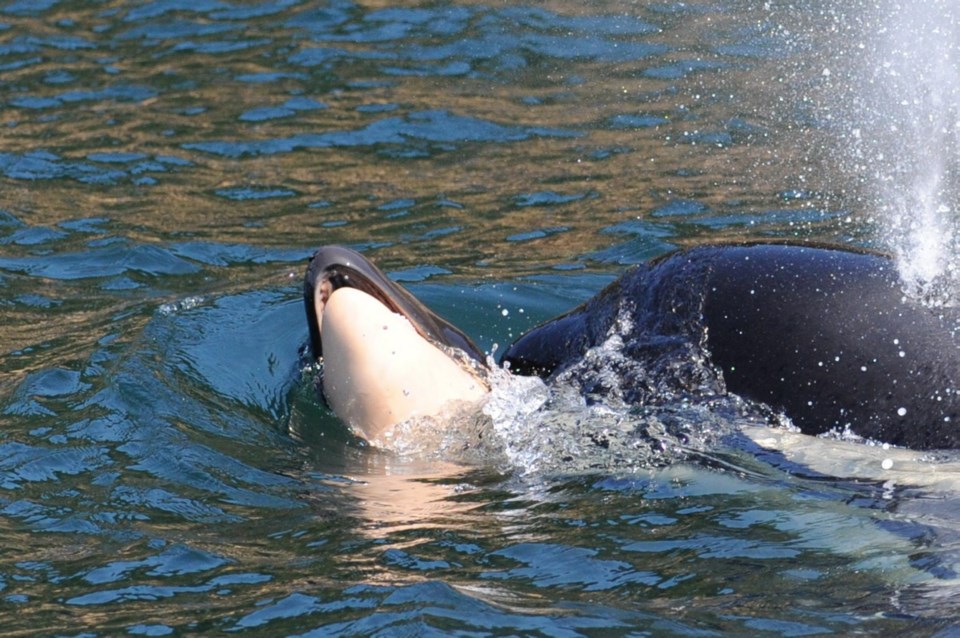SEATTLE — An orca known as Tahlequah, who raised worldwide concern when she carried her dead calf for 17 days and more than 1,500 kilometres almost two years ago, is pregnant, scientists say.
Scientists John Durban, senior scientist of Southall Environmental Associates, and Holly Fearnbach, marine mammal research director for the nonprofit SR3, recently finished recording drone images of the endangered southern residents and discovered pregnancies amid the J, K and L pods, the Seattle Times reported.
The pregnancies are not unusual but Tahlequah’s pregnancy carries special meaning for a region that grieved the death of her calf with her.
The southern residents, which frequent the Salish Sea, are struggling to survive, and most pregnancies are not successful. Tahlequah’s baby was the first for the whales in three years. The southern residents have since had two more calves, in J pod and L pod. Both are still alive.
The current population of the southern resident orcas is 72.
About two-thirds of all southern resident pregnancies are typically lost, researcher Sam Wasser of the Center for Conservation Biology at the University of Washington has found. Stress from hunger because of a lack of salmon is linked to the whales’ poor reproductive success, according to his research.
Several of the juveniles in the pods also are looking thin, Fearnbach said.
“There are stressed whales out there, critically stressed,” she said.
Boaters should respect the whales’ space and give them the quiet they need, Fearnbach and Durban said.
Whales use sound to hunt, and boat disturbance and underwater vessel noise is one of the three main threats to their survival, in addition to pollution and lack of adequate, available salmon.



